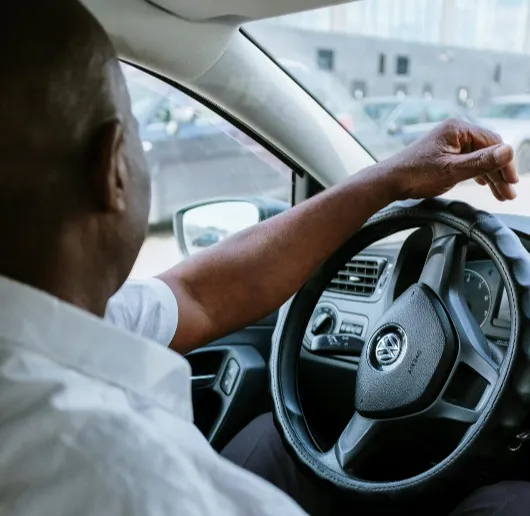E-hailing drivers in South Africa welcome new transport law but fear compliance costs

E-hailing
Image: Pexels
The long-awaited National Land Transport Amendment Act (NLTAA), which formally recognises e-hailing as part of South Africa’s public transport system, has been gazetted. While the government states that the law will strengthen safety and fairness in the sector, unions and driver representatives caution that compliance costs may weigh heavily on workers already under financial strain.
The Department of Transport announced that the Act introduces e-hailing as an additional service type, ending years in which the sector was treated as illegal by other operators. It requires all vehicles to be licensed, branded, and fitted with panic buttons, while app companies must be registered and face fines of up to R100,000 or two years in prison if they allow unlicensed operators on their platforms.
“The panic button for commuters will assist with crime detection and enable a rapid response by law enforcement or tracking companies,” the department stated. Provincial Regulatory Entity (PRE) offices will process all licence applications, and the department will begin nationwide workshops with operators and officials next week.
Edwin Mkhize, COSATU KZN provincial secretary, described the recognition of e-hailing as “a positive first step,” but warned that it does not resolve the deeper exploitation drivers face. “Drivers remain vulnerable to exploitation by platforms that classify them as ‘independent contractors’ without labour rights. What workers need is full protection under labour laws as well, including fair wages, collective bargaining, social security, and job security,” Mkhize said.
He noted that rules on branding and geographic zones “must be further engaged with the operators as these may have a negative impact on the operators if not properly addressed.”
On safety, COSATU welcomed the introduction of panic buttons but stated that their effectiveness hinges on proper enforcement. “Effective implementation, real-time response capacity by law enforcement, and coordination with the taxi industry are critical if these measures are to save lives. Safety cannot be reduced to gadgets alone; it requires a well-resourced and integrated strategy,” Mkhize asserted.
Mkhize also highlighted financial concerns. “If not managed properly, these costs could further impoverish workers, while platforms continue to generate significant profits. We believe platform companies must carry the bulk of compliance costs, not individual drivers. The government should also explore subsidies, as e-hailing is part of the broader public transport system.”
The KZN E-hailing Council, which represents drivers in the province, stated that the law offers long-awaited recognition but warned of practical challenges. “The formal recognition of e-hailing within the National Land Transport Amendment Act is a welcome step forward. For many years, our members have operated under uncertainty, often facing hostility, harassment, and regulatory grey areas,” said council chairperson Mzo Ngcobo.
Ngcobo expressed concerns that compliance could prove unattainable without government support. “Requirements such as vehicle branding, installation of panic buttons, and additional licensing costs present a serious burden for operators who are already struggling with rising fuel prices, platform commission fees, and high vehicle maintenance costs.”
He added that drivers remain concerned about licensing delays. “Historically, licensing delays and bureaucratic backlogs have disadvantaged operators. If these challenges persist under the new framework, drivers could find themselves excluded from legal operation despite their willingness to comply.”
The council urged for subsidies, reduced fees, and streamlined processes. “Recognition is a crucial first step, but without practical support and fair implementation, the law could unintentionally disadvantage the very operators it seeks to legitimise,” Ngcobo stated.
Ride-hailing platform inDrive welcomed the changes, saying they would improve professionalism and safety across the sector. “Safety has always been at the heart of inDrive’s operations,” said Ashif Black, Country Representative at inDrive South Africa. “From in-app voice calls and danger zone alerts to our comprehensive Safety Pact and secure data-sharing portal with law enforcement, we have consistently prioritised protecting both drivers and passengers.
“We applaud these new regulatory measures and are already preparing to ensure full compliance when the Act takes effect. The Act provides a much-needed framework for clearer and more consistent regulation, which can ease tensions between e-hailing operators and the traditional taxi industry, helping to create a safer, fairer, and more collaborative transport ecosystem.” Black added, “inDrive fully supports these reforms. As always, we remain committed to fairness, transparency, and the ongoing professionalisation of the e-hailing sector in South Africa.”